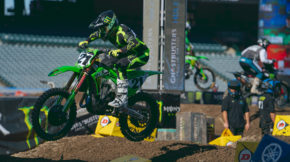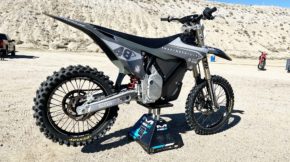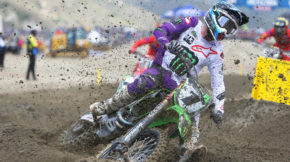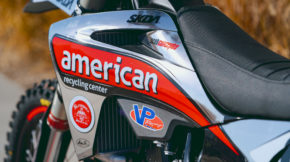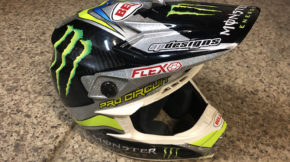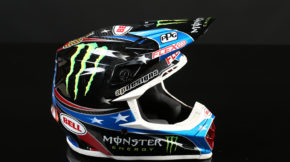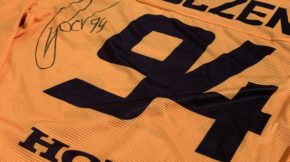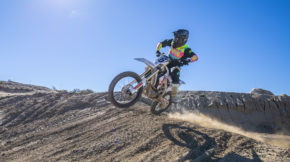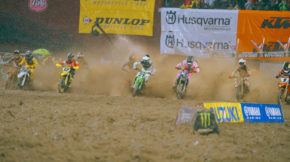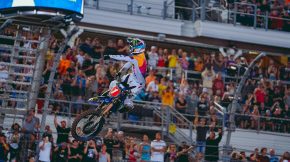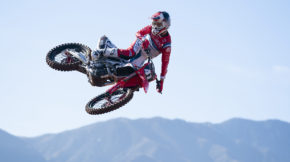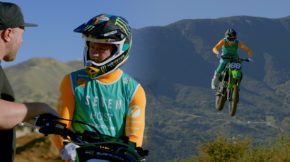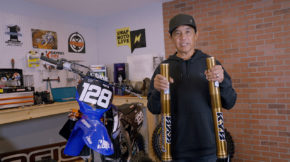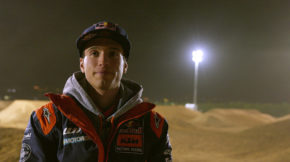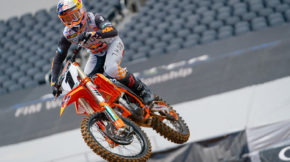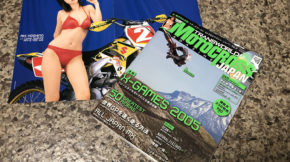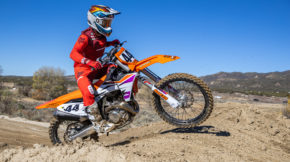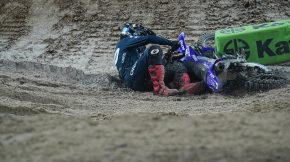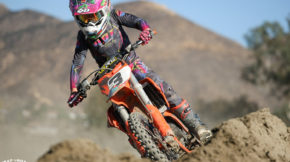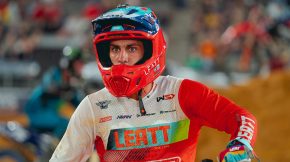Moto Tip | Watch & Learn
Share
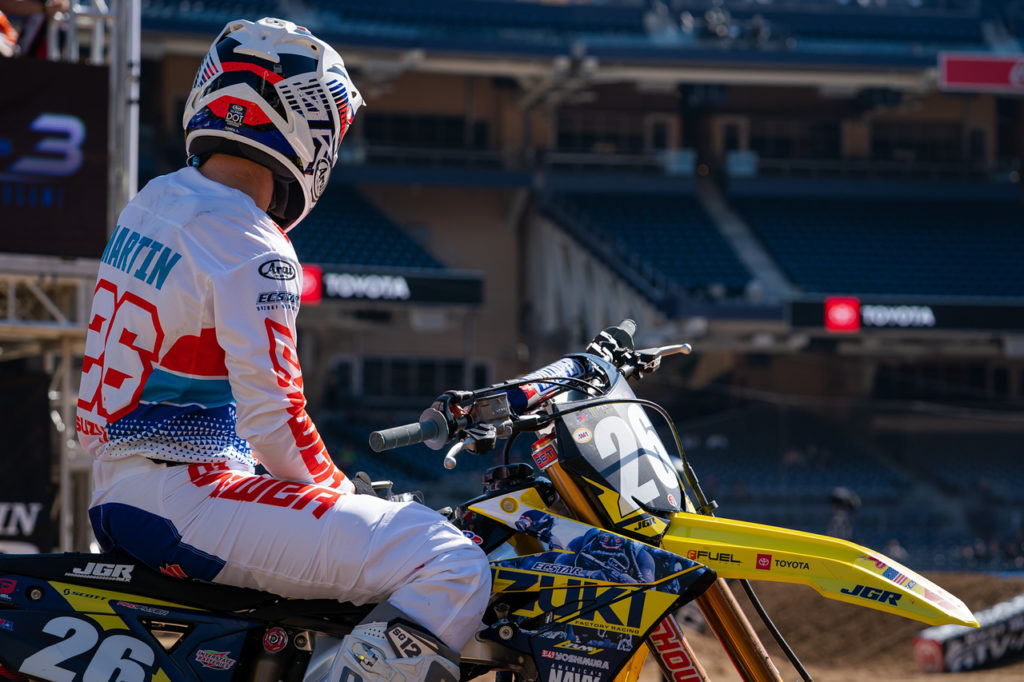
Welcome to the new Answer Racing Moto Tips feature! Answer Racing has been producing the highest-quality motocross and off-road gear since 1976, and this month launched its new line of 2020 apparel. With riders like Alex Martin, Ryan Villopoto, Nick Wey, and Mike Sleeter flying the Answer flag, there is a wealth of knowledge and know-how when it comes to riding a dirt bike efficiently and effectively in the Answer camp. Each week, Answer will bring you some riding tips to help you become better at the sport you love! Have a specific skill you’d like to improve? Comment below and we will cover it in a future post!
“I’ve been watching film.” We’ve heard that line from athletes in traditional sports for years, as they studied clips from past games looking for ways to improve their technique for the next event, and it’s long been a common practice in motocross. Riders will re-watch races to see what lines the competition has on the track, dissect their practice footage for personal notes, and will breakdown every detail to see where they can gain an advantage. The video debrief has become an important part of race day qualifying at the professional level, but it’s an activity that every rider could benefit from, no matter their skill level. For this week’s Moto Tip, we asked Mike Sleeter what he looks for when watching the endless number of video clips that can be found online, including our site.
“My main objective is to not only watch footage of what they do everything right, because they make everything look easy. Instead, I watch when they make mistakes, evaluate what they did, rewind the clip, and think about what they could have done differently to avoid that situation. You can learn from people’s mistakes,” Sleeter said of his outlook. That might sound like a backward approach at first, but it makes sense with a further explanation from the former pro racer. “We all make mistakes that hold us back, either by getting bad starts or by crashing and breaking bones. See what they do wrong, think about what you’d do to fix it, and apply that to your racing.
“Watch how riders manage their races. There’s no argument that Eli Tomac is one of the fastest riders on any given weekend, but he doesn’t manage Supercross races well. Look at how he doesn’t, take notes, and think about how you could avoid it in your racing,” Sleeter stated. “Times like Ken Roczen had at St. Louis, when riders can make quick passes, put down fast laps, and pull away, look smooth and effortless but you’re not going to learn everything from that because it’s hard to see. You can notice technique, how he kept his legs up in turns and things like that, but for amateur racers, it’s important to learn and study how the pro riders managed a race.
“You’ll start to notice how guys plan to make passes, when they are about to attack, and seeing where they are faster than other riders,” he explained. “Maybe a rider will wait until just before the finish line to make a block pass, instead of scrubbing by someone on a triple.”
That’s not implying Sleeter sees little importance from the picture-perfect riding. Far from it! The second part of his advice is to identify a rider’s style or technique that you like and to take note of what they do. “Pick out the areas on the track where pro riders are phenomenal and pay attention to what they do. Maybe it’s one rider’s rolling speed through corners, other rider’s lines in whoops, and another rider’s intensity. Just pick out what they do correct and think how you can do the same to the best rider possible,” he said.
“Learn from everyone, not just racers, including free ride guys like Jeremy Stenberg, Tyler Bereman, and Axell Hodges. Watch what they do to move the bike around and practice that are your off days. Limit the liability of risk and keep it in perspective to your skill, of course, but learn how they manipulate the bike in the air without locking the back brake up,” Sleeter added. “You don’t only have to watch Supercross and motocross, because there’s a lot to notice. The way Axell Hodges does nose wheelies is a logic that you could apply to braking bumps on the track.
“You can learn a lot when riders are picking their gate positions. You’ll see if they go for a spot that’s close to the box for more room or if they go for the straightest line. Ricky Carmichael gives great insight as to why riders pick the gates that they do.”
















